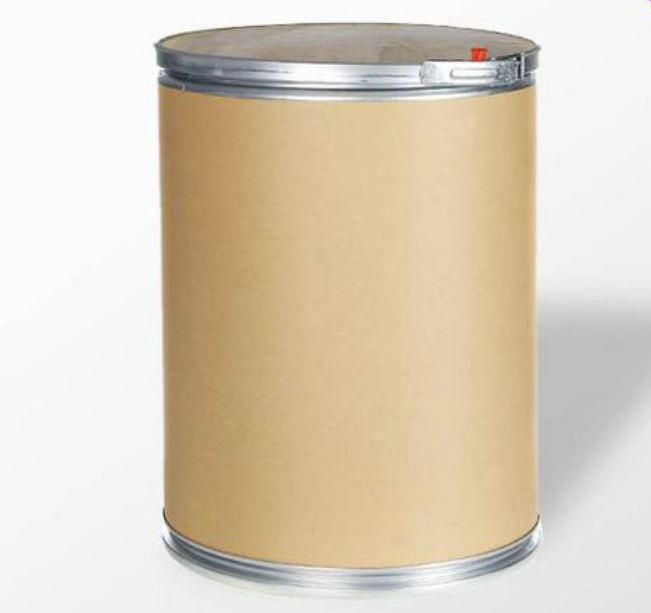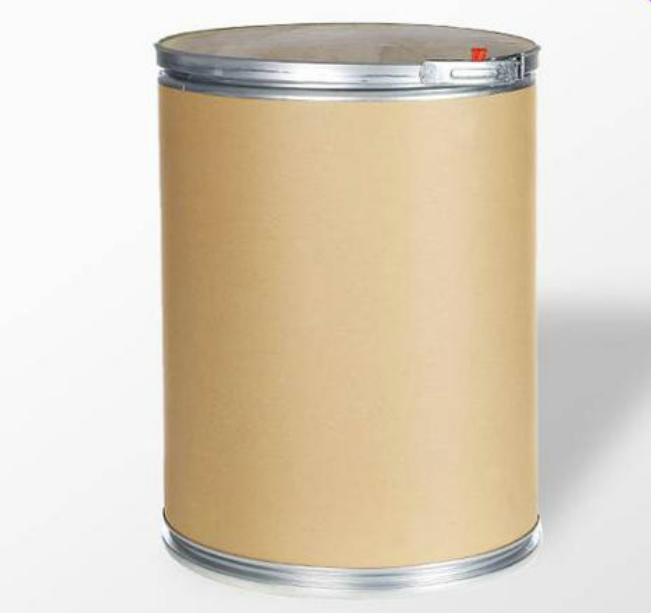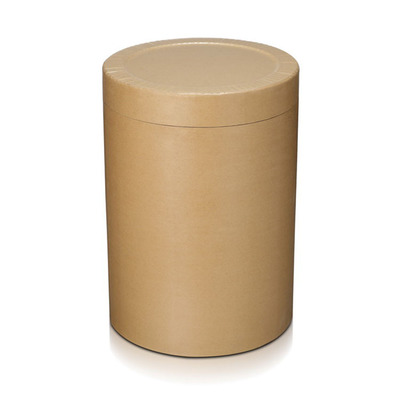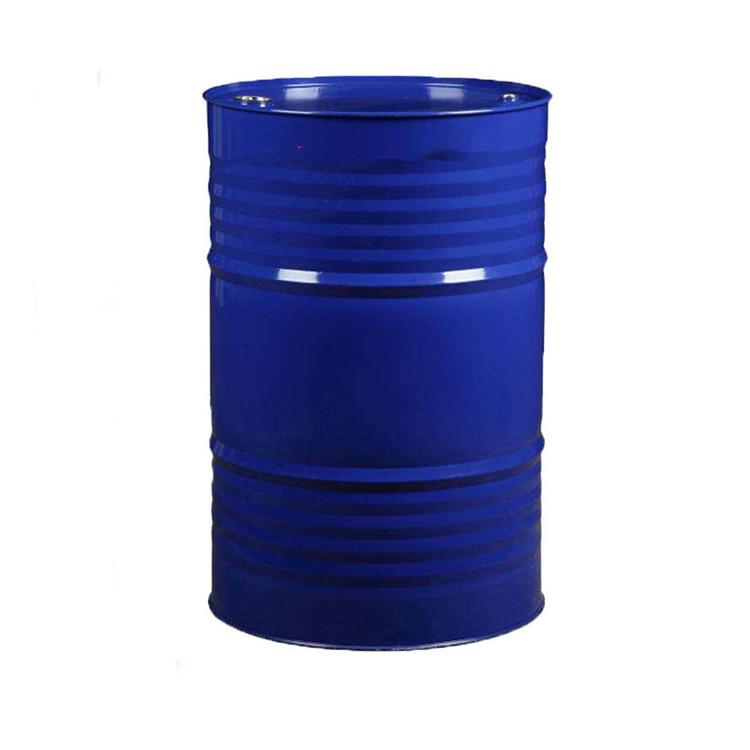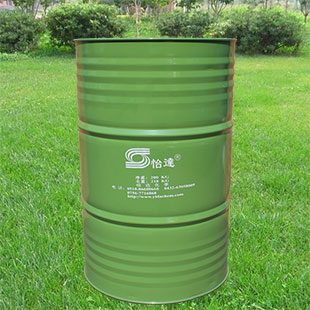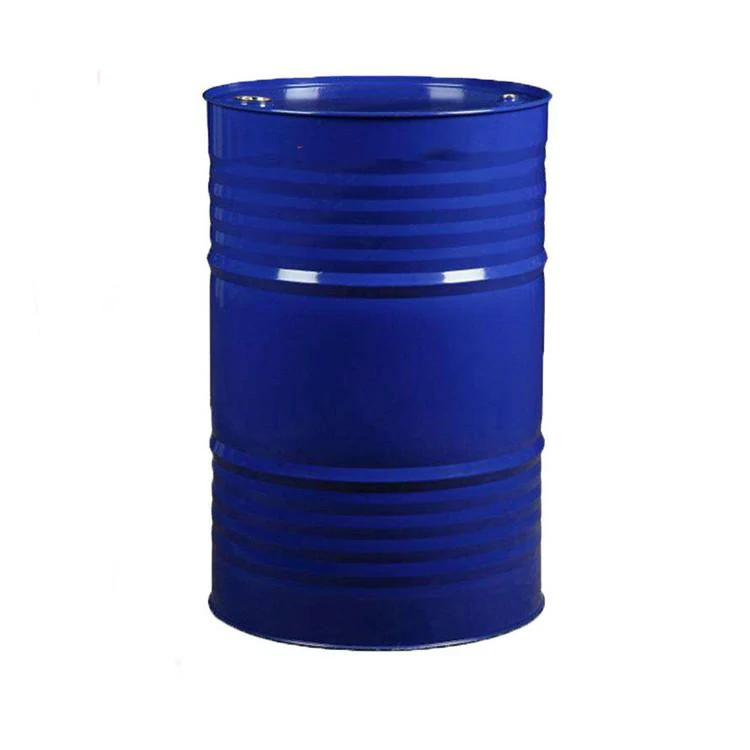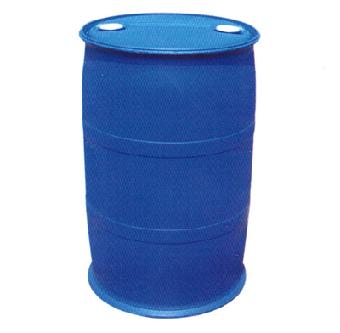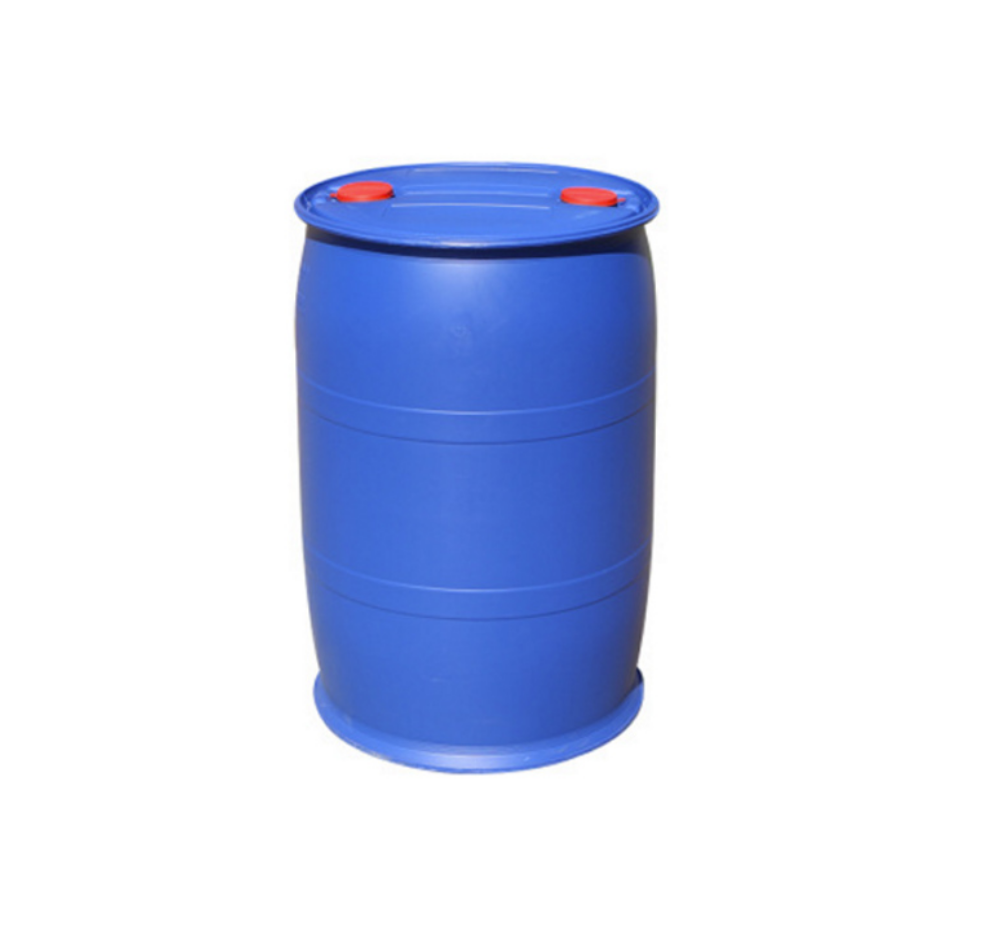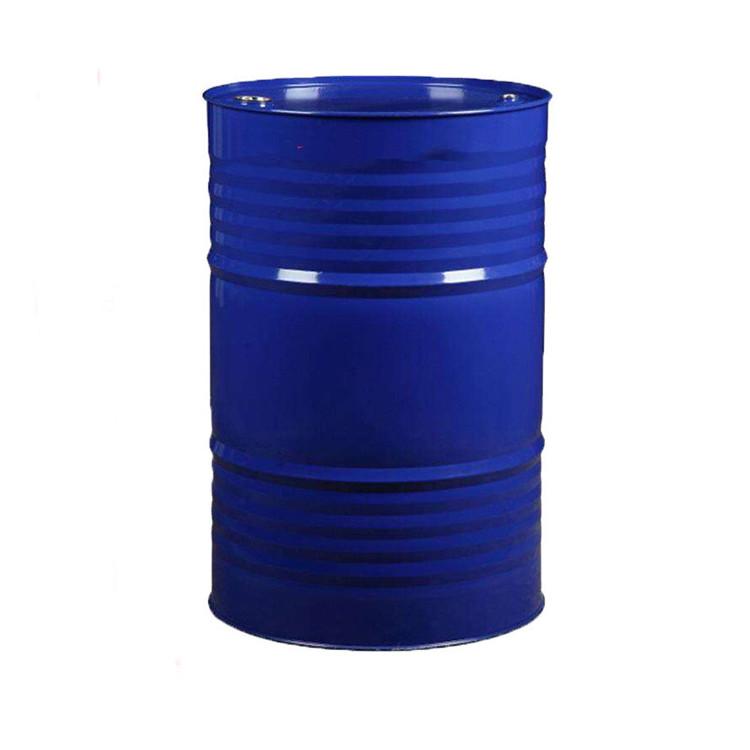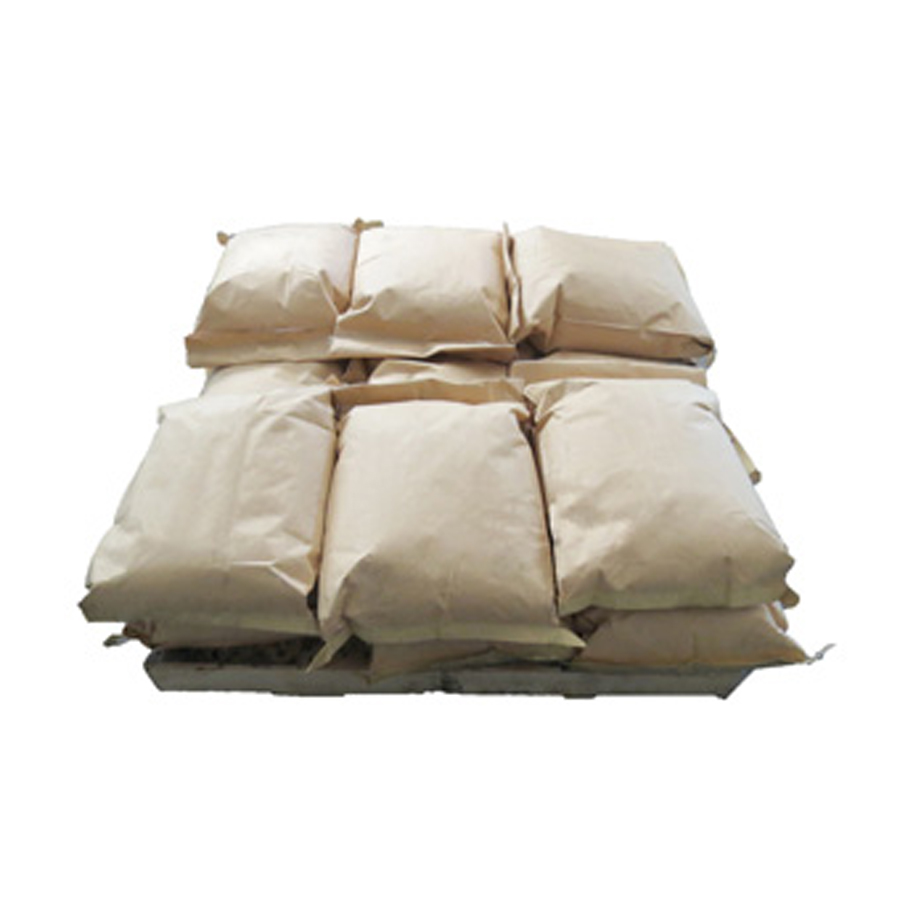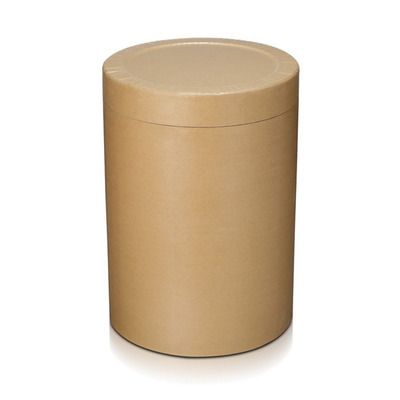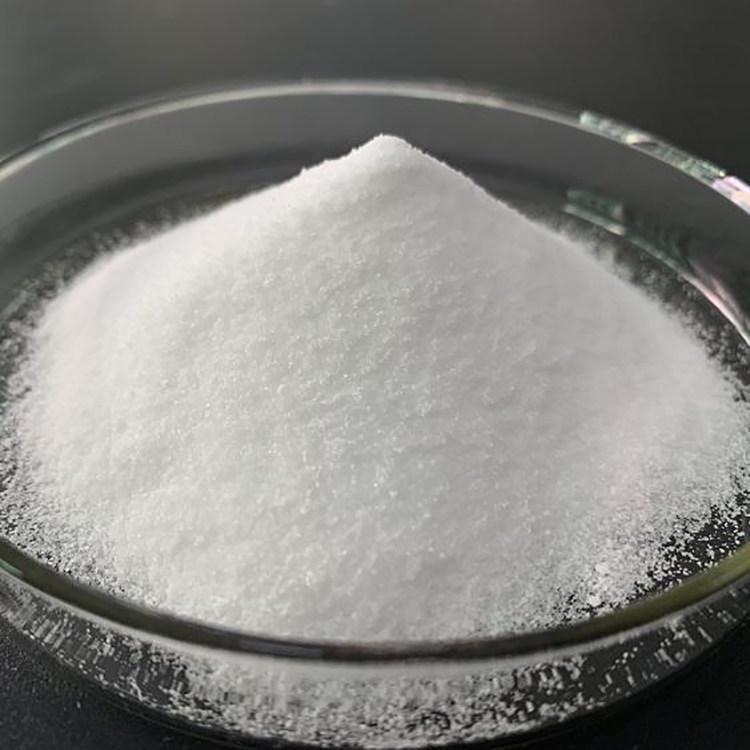Antioxidant
Other Auxiliary Agent
Petroleum Additives
Adsorbent
Water Treatment Chemicals
Rubber Additives
Adhesive Additives
Cross-Linking Agent
Flame Retardants
UV Absorbers
Organic Extractant
Resin Additives
Electronics Chemicals
Pesticide Additives
Building Chemicals
Plastic Additives
Oilfield Chemicals
Adhesive
Plastic Rubber Chemicals
Paper Additives
Molecular Sieve
Coating Additives
Textile Auxiliaries
Fluorescent Brightener
Polyethylene Glycol Derivatives
Coupling
Forest Chemicals
Leather Auxiliary Agents
Beneficiation Agents and Smelting Additives
Dye Auxiliaries
Alias
More Information
2-Bromo-2-Nitropropane-1,3-Diol; BNPD; 1,3-Propanediol, 2-Bromo-2-Nitro-; 2-Bromo-2-Nitro-1,3-Propanediol; 2-Bromo-2-Nitropropan-1,3- DIOL
Brief Introduction
Biocides are mainly used in industrial circulating water, paper pulp, coatings, plastics, cosmetics, wood, cooling water circulation system, as well as industrial sterilization, mildew prevention, corrosion prevention, algae killing, etc.
Suppliers
View More Vendors (3) >
CAS:57028-96-3
Molecular Formula:C7H22ClN5
Alias
More Information
Phmg Hydrochloride; PHMG; Polyhexamethylene Guanidine; Phmgphmg Chloride; Polyhexamethylene Guaidine Hydrochloride And Phosphate; Polyhexamethylene Guaidine Hydrochloride; Phmg / Polyhexamethyleneguanidine Hydrochloride; Poly(Heamethyleneguanidinechloride)
Brief Introduction
Polyhexamethylene guanidine (PHMG) is a guanidine derivative that is used as a biocidal disinfectant, often in the form of its salt polyhexamethylene guanidine phosphate (PHMG-P).
Studies have shown that PHMG in solution has fungicidal as well as bactericidal activity against both Gram-positive and Gram-negative bacteria. The substance also has detergent, anti-corrosive, and flocculant properties and prevents biofouling. PHMG-P is a white powdered solid, and as all polyguanidine salts, readily soluble in water.
Suppliers
View More Vendors (3) >
CAS:112-35-6
Molecular Formula:C7H16O4
Alias
More Information
MTG; TGME; TEM; 2-(2-(2-Methoxyethoxy)Ethoxy)-Ethano; 2-[2-(2-Methoxyethoxy)Ethoxy]-Ethano; 3,6,9-Trioxa-1-Decanol; Tmat; Methoxytriethylene Glycol
Brief Introduction
This product is used as brake fluid and chemical raw materials.
Suppliers
View More Vendors (3) >
CAS:2680-03-7
Molecular Formula:C5H9NO
Alias
More Information
Acrylamide, N,N-Dimethyl-; Acylamide, N,N-Dimethyl; Dimethylamid Kyseliny Akrylove; Dimethylamidkyselinyakrylove; N,N-Dimethyl-2-Propenamid; Acryloyldimethylamine; N,N-Dimethylpropenamide; 2-Propenamide, N,N-Dimethyl-
Brief Introduction
This product is easy to produce polymers with high degree of polymerization, and can be copolymerized with acrylic monomers, styrene, vinyl acetate, etc. Polymers or adducts have excellent hygroscopicity, antistatic property, dispersion, compatibility, protective stability and adhesion.
Suppliers
View More Vendors (3) >
CAS:65996-62-5
Alias
More Information
Strke, Oxidiert; Starch, Oxidised; Starch, Bleached; Starch, Oxidized; 2-[2-[[3,4-Dihydroxy-6-(Hydroxymethyl)-5-Methoxyoxan-2-Yl]Oxymethyl]-6-[4,5-Dihydroxy-2-(Hydroxymethyl)-6-Methyloxan-3-Yl]Oxy-4,5-Dihydroxyoxan-3-Yl]Oxy-4-Hydroxy-6-(Hydroxymethyl)-5-Methoxyoxan-3-One; Modified Starch
Brief Introduction
Thickening agent; Emulsifier; Binder. It can be used as binder and starch jelly for surface seasoning of fried food. In bread production, it can improve gas holding capacity, shorten fermentation time and increase bread volume.
Suppliers
View More Vendors (3) >
Inquiry (
10
/ 10
)
Clear All
Sign In
Error!

